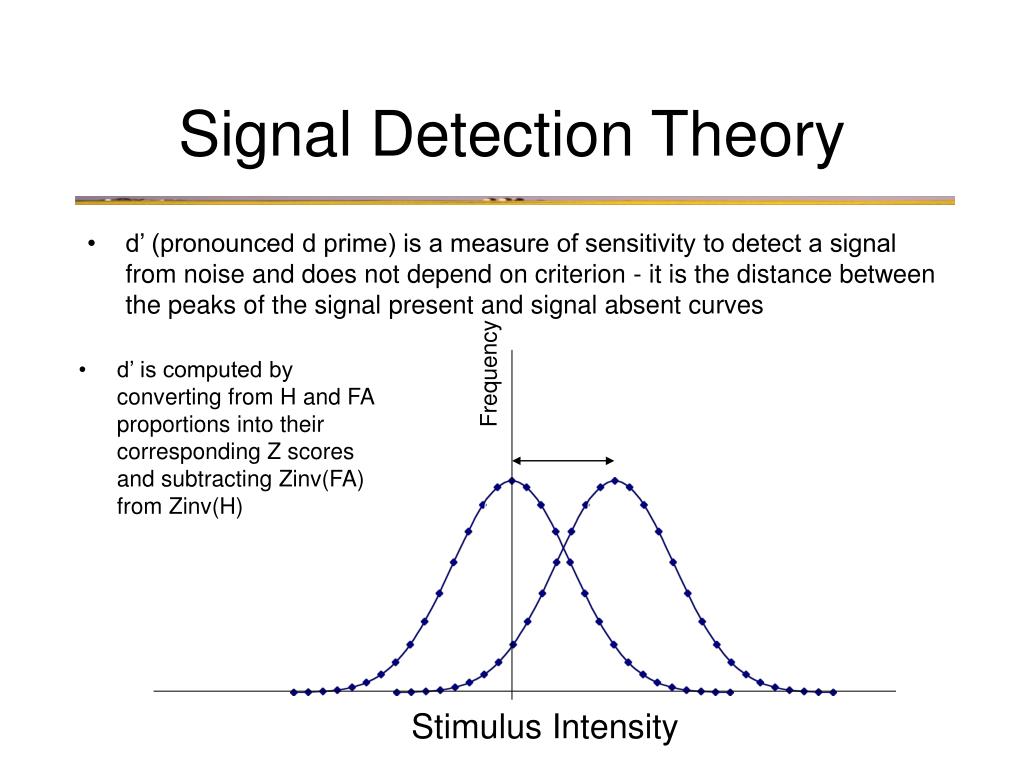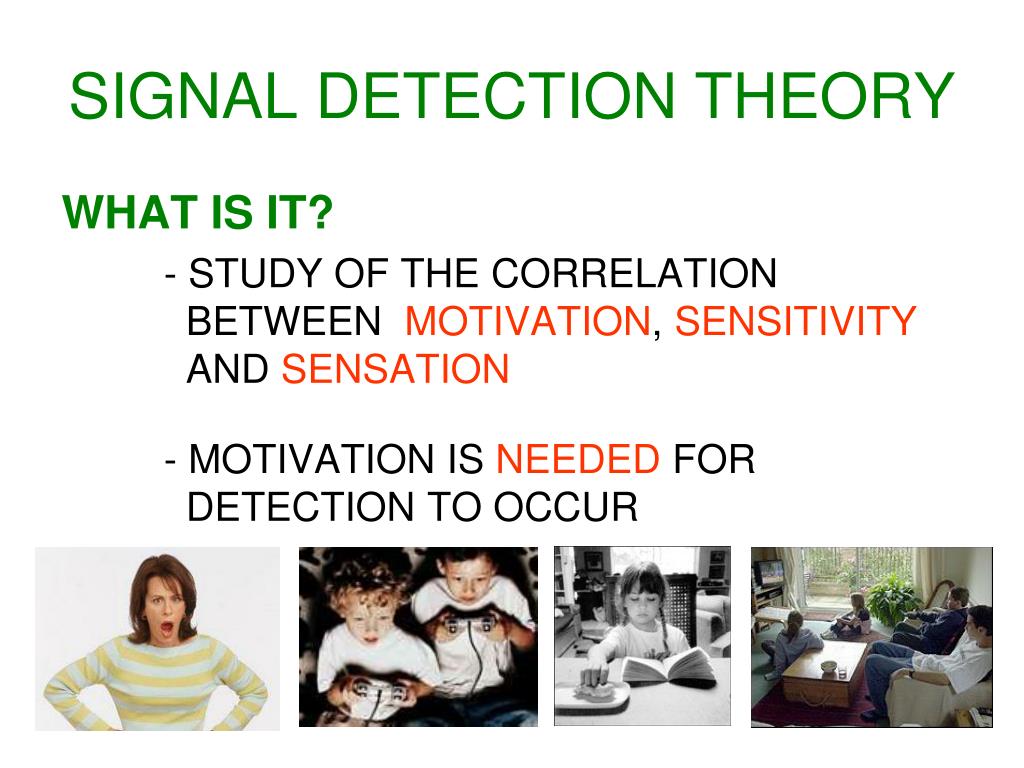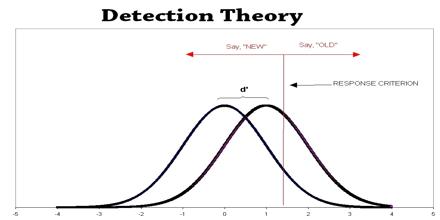


Sensory adaptation happens when our senses no longer perceive a stimulus because of our sensory receptor ‘s continuous contact with it. Basically, we notice things based on how strong they are and on how much we’re paying attention.

Known as Weber’s Law, this states that the difference threshold is proportional to the magnitude of the stimulus, where ΔI is the difference in threshold and I represent the initial stimulus. Modern approaches to psychophysics (the branch of psychology that deals with the relationships between physical stimuli and mental phenomena), including signal detection theory, imply that the observed JND is not an absolute quantity, but will depend on situational and motivational as well as perceptual factors.Īt its most basic, signal detection theory states that the detection of a stimulus depends on both the intensity of the stimulus and the physical/psychological state of the individual.

For many sensory modalities, over a wide range of stimulus magnitudes sufficiently far from the upper and lower limits of perception, the JND is a fixed proportion of the reference sensory level, and so the ratio of the JND/reference is roughly constant (that is the JND is a constant proportion/percentage of the reference level). JND is the minimum amount by which stimulus intensity must be changed to produce a noticeable variation in sensory experience. The minimum amount of change in sensory stimulation needed to recognize that a change has occurred is known as the difference threshold or just-noticeable difference (JND). The absolute threshold is defined as the lowest intensity at which a stimulus can be detected (recently, signal detection theory has offered a more nuanced definition of absolute threshold: the lowest intensity at which a stimulus will be specified a certain percentage of the time, often 50%). The most important sensory threshold is the absolute threshold, which is the smallest detectable level of a stimulus. The sensory threshold is the weakest stimulus an organism can detect a sensation. There are several types of thresholds including sensory, absolute, and difference. Thus, your ability to detect signals or noises has been affected by these factors.Sensation refers to our ability to detect or sense the physical qualities of our environment. In this case, you may hear some slight noises that you might otherwise not hear if you were in a different situation that was not as threatening. For example, when you walk to your car that is parked in an empty parking lot late at night all by yourself, you might be much more aware of noises because the situation is somewhat threatening (you are primed and listening carefully to hear anything and everything). Here is one that I found in one of my texts: "Signal Detection Theory holds that the detection of a stimulus depends on both the intensity of the stimulus and the physical and psychological state of the individual." And that's really all it is.Your ability or likelihood to detect some stimulus is affected by the intensity of the stimulus (e.g., how loud a noise is) and your physical and psychological state (e.g., how alert you are). I often like to change a complex psychological definition into a precise and clear one that everyone understands, but the definition for Signal Detection Theory is pretty straight forward.


 0 kommentar(er)
0 kommentar(er)
